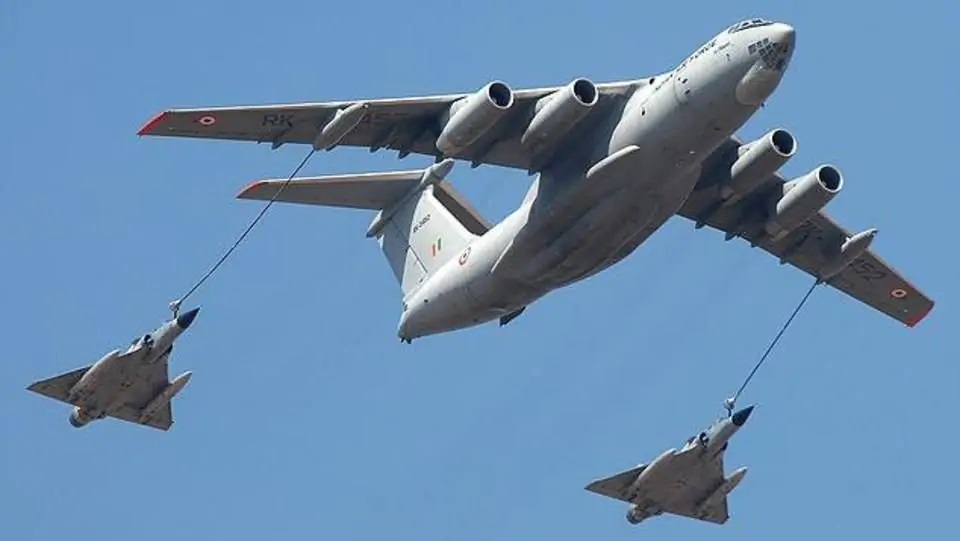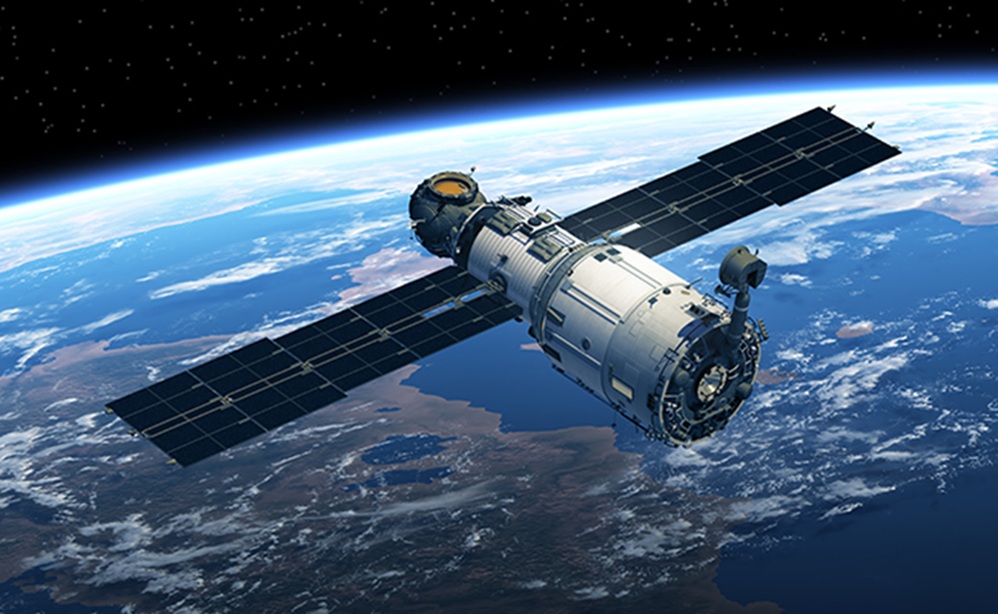Air refuelling is the process of transmitting aviation fuel from one military aircraft to another during flight. The procedure lets the receiving aircraft to stay in the air longer, extending its range or loiter time on station. Its purpose is quite simple, but there are a number of amazing things that happen in and around the process. Here is one of the stories, which somehow did not go wrong. Before that let us look at aeromedical aspects involved in air-to-air refuelling.
Aero-medical Aspects
For long-duration flights of more than 3 hrs, pilots require in-flight food, water, and urination procedure for the safety of flight which otherwise is not required for a short duration of flights.
Wearing a mask during fighter flying is essential for maintaining adequate Oxygen partial pressure as well as communication. Lowering of the oxygen mask for in-flight food and water intake during operational flying poses a safety risk and crew are advised to keep it to a bare minimum.
Other aeromedical factors including the permissible length of continuous vigilance task, aspects of monotony, biorhythm, cumulative aviation stresses, fast-changing ground perspectives, strapped confinement to the ejection seat, and requirement of stringent physical fitness need equal consideration and have been adequately addressed.
By virtue of being strapped in the ejection seat, the lower torso and limbs become prone to stiffness and aches especially if the duration of the flight is prolonged. It is advised to move these body parts periodically to avoid stiffness. Periodic transfer of weight on either side of the buttock will help blood flow to the other side and thus prevent tingling, numbness, and ‘sleep’ of that side of the limb. Similarly, periodic movements of the lower trunk, hip, knee and ankle joints prevent stiffness.
Some fighter aircraft do not have provision for micturition (urination). The crew either follow strict control of food and water intake prior to flight or wear adult diapers. On fighter aircraft with a urination facility, pilots have to be extremely cautious. They have to go off controls, unstrap from ejection seat, unzip themselves and be extremely cautious of spilling the liquid on ejection seat handle or in the cockpit.
To cut the long story short, pilots have to be vigilant and cautious during intake as well as the output process and it requires planning and practice due to restrictive and confined spaces.
The Perspective
Indian Air Force operates IL-78 aircraft as tanker aircraft using the probe-and-drogue method. The probe-and-drogue system has a flexible hose that trails from the tanker aircraft while at the other end a drogue is fitted called basket (resembling a shuttlecock). The drogue stabilizes the hose in flight and provides a funnel to aid the insertion of the receiver aircraft probe into the hose, for refuelling.
I learned air to air refuelling on Su 30 MKI aircraft. Despite being a seasoned pilot and having the ability to maintain close formation, I soon realised that just getting into proper position was humbling. Even if it went smoothly, refuelling in flight was extremely fatiguing for pilots. It was challenging to connect however it was easier to disconnect immediately due to sudden disappearance of fear and anxiety leading to release of stress. Pilots had extra pressure on them because refuelling became more strenuous and more demanding with every failed connection or disconnection during the process. It was very critical that connection was successful in its first attempt as also to remain connected until we got the required fuel. The process became punishing and burdensome with every attempt. Because of these reasons pilots were restricted to a maximum of 4 attempts to connect during a flight.
The Story
On the day, I was carrying air to air refuelling trials on MiG 29 UPG aircraft. We got the tanker support with great difficulty as tankers were few in number and under huge demand for operational reasons. We were carrying out tests to check the effect on controllability due to CG changes at the time of refuelling. As per the test points, I got airborne with 1 Drop tank and 6 dummy air to air missile configuration. I was required to execute more than ten refuelling connections as per test points which were coordinated and approved at the highest level. These were unusual and extraordinary circumstances for the project progress and safety was paramount. The tanker was available for 2 hrs and thereafter it was positioning for other operational duties.
Initial test points went on smoothly but with each minute passing effect of anxiety and nervousness started to take its toll. In MiG 29 staying in position was a little more difficult due to shift in CG as the jet took fuel from tanker causing changes in trim forces though not large but which had to be continuously trimmed off. With each test point, the stress level was increasing, and along with its side effect. I could feel mild dryness of mouth and thirst. This was not a good sign. Along with that my body was producing more urine than normal which would soon cause increased bladder pressure and discomfort. But this was my least worry as I was wearing an adult diaper.
Not only the close proximity of the two large aircraft is dangerous, but what makes the refuelling task critical is that the volume of space available for error is minuscule when compared with the speed at which both aircraft are travelling. Halfway through, the Test Director asked me to take a break and refresh. I took some sip of water, ate a few bites of chocolate and prepared myself for the next test points.
I asked my test director how many more hook-ups we had to do. Turbulence (or imagined one), dancing drogue, and Damper-Off test points made my life difficult. But hell was yet to come. I was on my last test point and this was a dry contact which means no fuel transfer was involved however I had to remain connected for a minimum of 2 min to assess the controllability. The anti-g-suite was causing increasing discomfort to my bladder and I decided to take a leak before the commencement of the test point. But, I could not. I just could not piss in my own pants with full knowledge that I was wearing a diaper. It was against my instinct and training imparted since childhood or it was aircraft and its confined spaces, I do not know. The body refused to obey the mind.
Meanwhile, Tanker Captain was getting impatient as he had to further proceed for refuelling duties with other fighters. I could not announce my predicament on the radio and decided to go with the last test point. I had to grit my teeth and call on every bit of my experience to get to the end of the test point. I can remember hanging on the drogue with a death grip on the stick, sweat in my eyes, controlling my bladder for one last test point. Thankfully this test point was on the way home.
Once the test point got over, I quickly acknowledged the Tanker Captain and bid them farewell. Executed one of the fastest recovery, shortest circuit, and with a request to switch off at a bay closest to the end of the runway. Before the engines stopped, I had unstrapped and opened the canopy. I just got up from the seat and peed peacefully while engineers and technicians were running to the aircraft to secure it. They had a puzzled look while I had a grin on my face, as they did not know what I was up to.
Refuelling is one of the phases of flight where everyone who flew the airplane had one or more humbling stories to tell. So many refuelling are accomplished safely in the military flying is a tribute to the skills and experience levels of pilots who fly them. Even in the best conditions, aerial refuelling is always an intricate ballet of men and machines with little margin of error. Some days everything goes right and on other days nothing.
Title image courtesy: https://www.newsbytesapp.com/timeline/india/
Disclaimer: The views and opinions expressed by the author do not necessarily reflect the views of the Government of India and Defence Research and Studies








